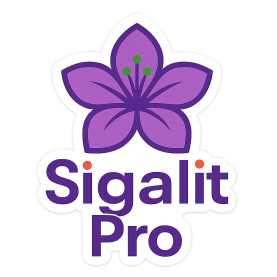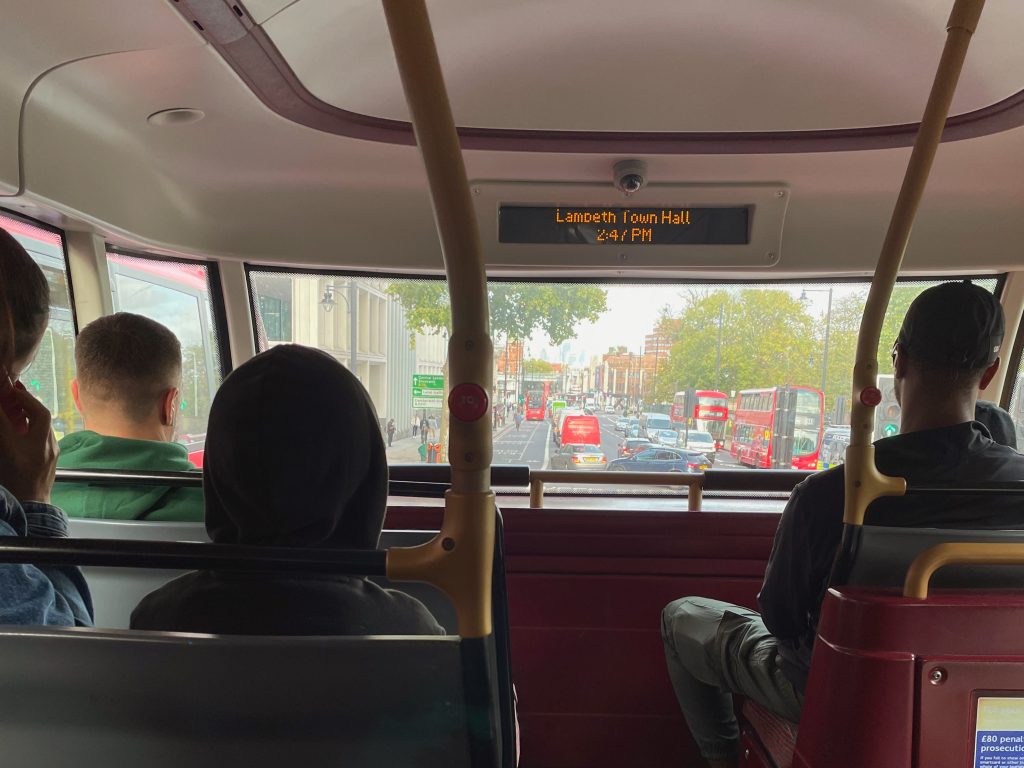Last week I was invited to UK&I Government Summit hosted by Salesforce in London. It was an inspiring day starting with strategy highlights from the Dreamforce annual event, followed by sessions about enabling and broadening Government service with technology.
I met engaging and enthusiastic people and came out with several “notes for myself.”
Everybody is facing the same challenges of doing more with less.
Technology is essential for enhancing the productivity of government staff to enable more efficient work with fewer resources. An IT department that wishes to be an enabler for this organizational process should dill with its efficiency enablers at the parallel ongoing mission.
An essential complementary aim must be more self-service to the citizens.
Push for platforms
Most IT departments in large organizations have long-term knowledge of traditional self-development. The era of cloud and SaaS is the exact time to transfer the teams to platform-first habits. Using platforms is a fundamental change in IT DNA that should start today. Any hesitations will cost the ability to face the demand and challenges. Changing towards platforms doesn’t mean losing control or vendor locking. The CIO and CTO should create a new knowledge base by developing the capabilities of the in-house architects and developers.
Eventually, platforms will reduce the workload on IT, though there must be an intensive infrastructure project to enable it.
High expectations for rapid delivery
MVP, TTM, and short-term projects are no longer the worries of startups and highly competitive organisations. Government agencies face the same demands from their managers, politicians, and citizens.
To meet these expectations, IT departments must rapidly change, as the demands will grow exponentially as the essence of immediacy.
In this context, we must remember that shadow IT is an ongoing problem, and the need to fast delivery will enlarge it.
Customer engagement
The voice of the customer is critical in the process of service modernization. People want to influence how governments will serve them. Working with cutting-edge technology enables an easy, structured conversation with the customers. People can see how and when governments implement their suggestions. The conversation enhances both citizens’ trust and the accuracy of the services.
Show me that you know me
Commercial companies are investing massive efforts in collecting and analyzing customer data. This enables them to know the customers and facilitate their journey. There are many things that citizens don’t have to ask. The organizations know and should communicate first. On the other hand, different agencies know many things about citizens, and the government must stop bothering their citizens by asking for already known information.
Real digital transformation
The deep meaning of digital transformation is about facilitating the process. Digitalising an existing form is keeping the same habits in a modern look. A fundamental digital transformation will shift the question from “why people are not using it” to “Why people are only using it.”
Looking at this vision can be inspiring or discouraging. Indeed it is a game changer, a “once in an era” move. All mega changes should be strategically planned for two years with a detailed and step-by-step program. Each stage should have visible outcomes.



